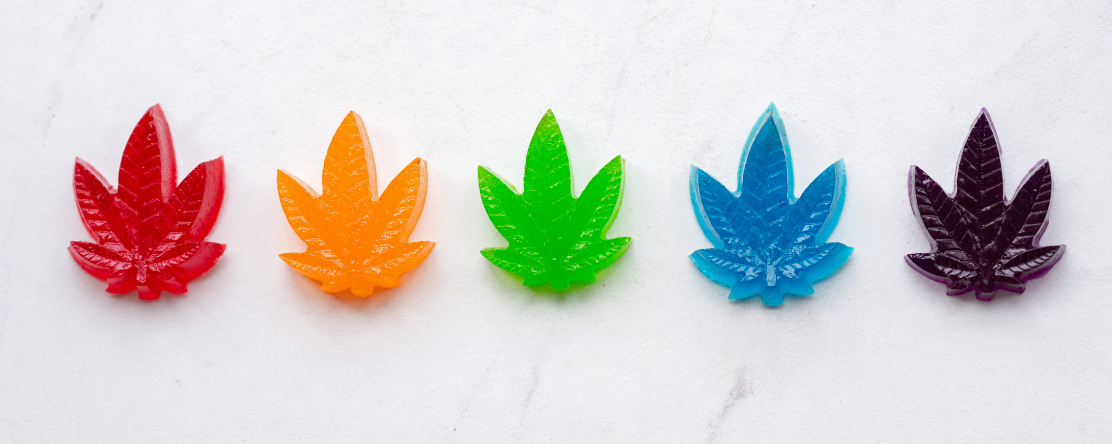
Study: Presence of Content Appealing to Youth on Cannabis-Infused Edibles Packaging
- Alisa Padon, Andy S L Tan, Erica Weinreich, Mirtala Sanchez, Kyle M Snyder, Anna Vasilyeva, Simon Sandh, Emily Goldmann, Melody Goodman, Danielle C Ompad

There is a lack of consistent regulation of cannabis edibles packaging to restrict youth-appealing content in the United States. Published in Substance Use & Misuse and released by PHI’s Getting it Right from the Start and partners, this study analyzes cannabis-infused edibles packaging to describe the content appealing to youth in the United States.
read the studyMethods
The study analyzed 256 photos of cannabis-infused edibles packaging collected from U.S. adults from 25 states, District of Columbia, and Puerto Rico between May 2020 to August 2021. The study coded the presence of product knockoffs, human and non-human creatures, images indicating flavor, text indicating flavor, and the number of colors. We compared these codes across states’ legalization status (medical and non-medical cannabis, medical cannabis only, or limited cannabis legalization).
Results
Overall, 15% of packages resembled product knockoffs, 23% contained human/non-human creatures, 35% contained flavor images, 91% contained flavor text, and median number of colors was 5 (range from 1 to 10+). Packages purchased in states with medical and non-medical cannabis, medical cannabis only, or limited cannabis legalization differed significantly on product knockoffs (11%, 26%, 38%, p = 0.007), human/non-human creatures (19%, 33%, 63%, p = 0.002), flavor text (93%, 81%, 100%, p = 0.046), and number of colors (median of 5, 5, and 10, p = 0.022).
Conclusions
Existing laws have not adequately limited content appealing to youth on U.S. cannabis-infused edibles packaging. Robust and consistent regulations in the U.S. are needed to ensure that the packaging of such products does not contain content that appeal to youth and lead to initiation or inadvertent ingestion.
Originally published by PubMed
Additional Contributors
- Andy S L Tan
- Erica Weinreich
- Alisa Padon
- Mirtala Sanchez
- Kyle M Snyder
- Anna Vasilyeva
- Simon Sandh
- Emily Goldmann
- Melody Goodman
- Danielle C Ompad
Work With Us
You change the world. We do the rest. Explore fiscal sponsorship at PHI.
Support Us
Together, we can accelerate our response to public health’s most critical issues.
Find Employment
Begin your career at the Public Health Institute.


